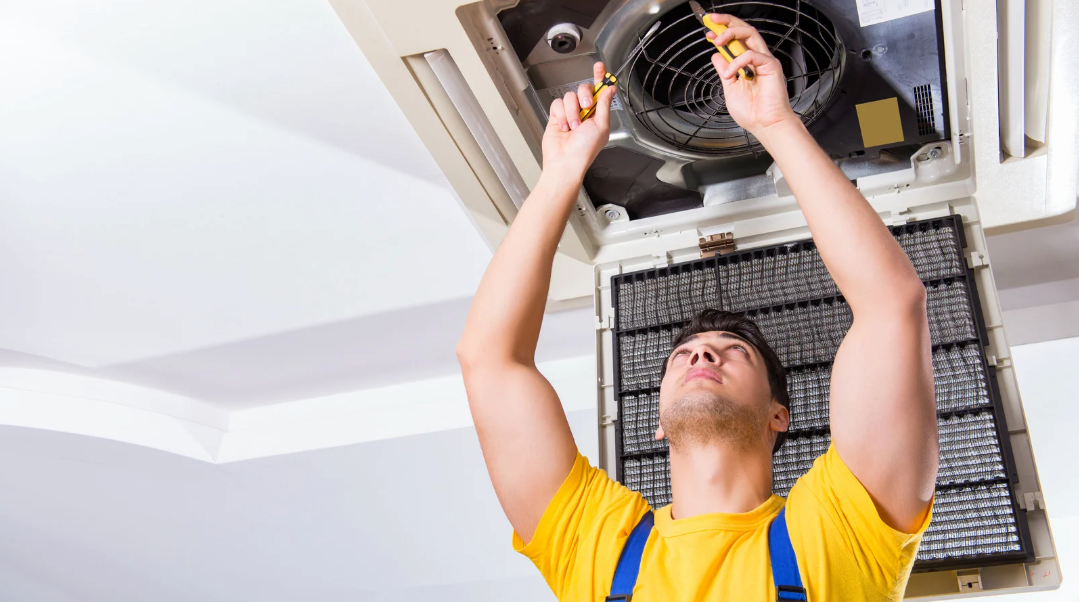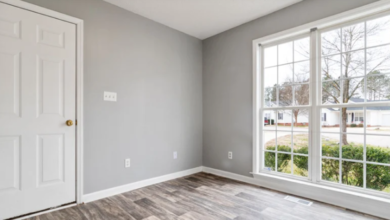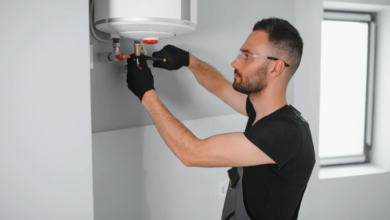
How to Avoid Common AC Installation Mistakes for Optimal Performance
Installing a new air conditioning system is a significant investment that requires careful planning and professional expertise. Many property owners unknowingly make costly mistakes during the installation process that can lead to reduced efficiency, higher energy bills, and premature system failure. Whether you need professional AC installation in North Port or anywhere else, understanding these common pitfalls can help you make informed decisions. Proper installation directly impacts your system’s performance, longevity, and your comfort for years to come. With the right approach and qualified technicians, you can avoid these mistakes and ensure optimal system performance from day one.
Choosing the Wrong System Size
One of the most critical mistakes in air conditioning installation is selecting an improperly sized unit for your space. Many people assume that bigger is always better, but an oversized system creates just as many problems as an undersized one.
An oversized air conditioner will cycle on and off frequently, a process called short cycling. This constant stopping and starting wastes energy, increases wear on components, and fails to adequately remove humidity from your home. The result is an uncomfortable, clammy environment despite the system running.
Conversely, an undersized system will struggle to cool your space, running continuously without achieving the desired temperature. This overworks the system and leads to premature failure while driving up energy costs significantly.
Professional load calculations consider factors like square footage, ceiling height, insulation quality, window placement, and local climate conditions. These calculations ensure your system matches your specific cooling needs precisely.
See also: 11 Important Questions to Ask Your Custom Home Builder
Improper Ductwork Installation and Sealing
The ductwork serves as the circulatory system for your air conditioning unit, and poor installation here can undermine even the highest quality equipment. Leaky ducts waste conditioned air, forcing your system to work harder to maintain comfortable temperatures.
Common ductwork mistakes include using inadequate sealing materials, poor joint connections, and incorrect sizing. Ducts that are too small restrict airflow, while oversized ducts can reduce system efficiency and create noise issues.
Professional installers use proper sealing techniques with mastic sealant or metal tape, never standard duct tape, which deteriorates over time. They also ensure proper insulation in unconditioned spaces to prevent energy loss and condensation problems.
Understanding how long you should expect your new AC installation to last helps you recognize the importance of quality ductwork, as proper installation significantly extends system lifespan.
Inadequate Electrical and Refrigerant Line Installation
Electrical connections and refrigerant lines require precise installation to ensure safe and efficient operation. Incorrect electrical work can create safety hazards, including fire risks and equipment damage.
Common electrical mistakes include using incorrect wire gauges, improper grounding, and inadequate disconnect switches. These issues can cause system malfunctions, void warranties, and create dangerous conditions.
Refrigerant line installation also demands expertise. Improper brazing, incorrect line sizing, and contamination during installation can lead to leaks, reduced efficiency, and compressor damage. Professional technicians use proper techniques to evacuate air and moisture from the system before charging with refrigerant.
Research shows the impact of professional air conditioner installation on system longevity extends far beyond initial setup, affecting performance and reliability throughout the system’s operational life.
Poor Placement and Clearance Issues
The location of both indoor and outdoor units significantly affects system performance and efficiency. Outdoor condensers need adequate clearance for proper airflow and heat rejection.
Installing the outdoor unit too close to walls, fences, or vegetation restricts airflow and forces the system to work harder. Similarly, placing the unit in direct sunlight or near heat sources reduces efficiency and increases operating costs.
Indoor unit placement also matters for optimal air distribution and maintenance access. Units installed in cramped spaces or areas with poor return air flow will struggle to operate efficiently.
Professional installers evaluate your property to identify optimal locations that maximize efficiency while ensuring adequate access for future maintenance and repairs.
Conclusion
Avoiding these common installation mistakes requires professional expertise and attention to detail. Quality installation involves proper sizing, correct ductwork, precise electrical and refrigerant work, and optimal equipment placement. By working with qualified technicians who understand these critical factors, you can ensure your new air conditioning system delivers reliable, efficient performance for many years. The investment in professional installation pays dividends through lower operating costs, fewer repairs, and enhanced comfort throughout your home.




